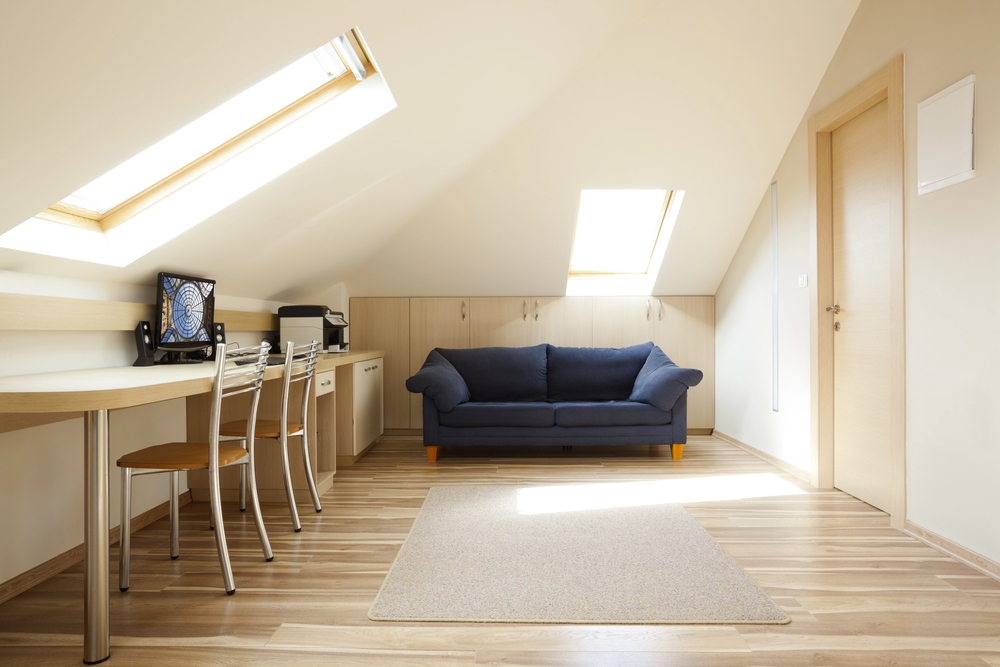Featured
Whether you’re expecting a new baby or have kids who are outgrowing shared bedrooms, there comes a time when a home expansion has to go from plan to reality. This decision isn’t just about square footage either — it’s about creating a comfortable, functional home where your family can truly thrive. If you’ve been thinking about adding another room, perhaps the following will confirm it for you.
Signs It’s Time to Add a Room
One of the most obvious signs that you need more space is when bedrooms start becoming overcrowded. If your kids are constantly arguing over personal space or if your home office has been squeezed into a closet, it might be time to consider an addition.
Another indicator is when common areas like the living room or kitchen feel cramped during family gatherings. If you find yourself wishing for more elbow room during meals or family movie nights, an extra room could be the solution.
Storage issues can also signal the need for more space. When closets are bursting at the seams and you’re running out of creative storage solutions, adding a room can open up much-needed extra space for your stuff. This is especially true for families with young children, as the amount of gear and toys seems to multiply overnight.

Considerations Before Adding a Room
Before you add a room, check local zoning laws and building codes. Some areas have restrictions on home expansions or require specific permits, so it’s helpful to understand these regulations before you start planning.
You should also carefully consider your budget. Adding a room is a significant investment, covering everything from design to construction. So you’ll do well to get quotes from several contractors and factor in potential unexpected costs. Remember that the project might impact your property taxes as well.
Think about how the addition will affect your home’s overall layout and flow. Will it require changes to existing rooms? How will it impact your outdoor space? Consider both the interior and exterior aesthetics to make sure the new room blends seamlessly with your current home design.
Energy efficiency is another important factor. An additional room means more space to heat and cool, which can increase your utility bills. Incorporate energy-efficient materials and systems in your plans to minimize this impact.
Alternatives to Consider
Before committing to a room addition, explore alternatives that might meet your needs without a major construction project. Could you finish an attic or basement to create additional living space? Is there an opportunity to reconfigure existing rooms to use space more efficiently?
Sometimes, creative solutions like adding built-in storage or converting a rarely-used formal dining room into a bedroom can solve space issues without the need for an addition.

Making the Most of Your New Space
Once you’ve decided to add a room, think carefully about its purpose and design. A well-planned addition can significantly improve your quality of life. If you’re adding a bedroom, consider including an en-suite bathroom for added convenience.
For a family room addition, think about incorporating features that will make it a hub for family summer fun activities, such as a game area or a cozy reading nook.
Consider the room’s versatility as well. A space that can adapt to your family’s changing needs over time is a wise investment. For example, a room that starts as a nursery could later become a home office or a guest room.
Making the Decision
Take the time to thoroughly research and plan before moving forward with your home addition. Consult with professionals like architects, contractors, and possibly a financial advisor, to ensure you’re making an informed decision.
Ideally, the goal should be to create a home that supports your family’s lifestyle and brings you joy for years to come. Whether that means adding a new room or finding creative ways to maximize your existing space, the most important factor is that it meets your family’s needs and enhances your daily life together.
Image Credit: depositphotos.com























